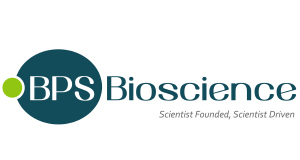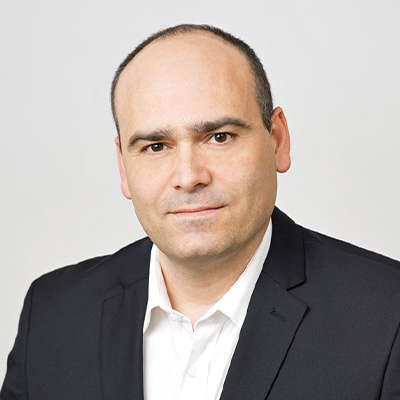Firefly Luciferase A549 Cell Line
Firefly Luciferase A549 Cell Line
Artikelnummer
BPS82495
Verpackungseinheit
2 vials
Hersteller
BPS Bioscience
Verfügbarkeit:
wird geladen...
Preis wird geladen...
Products from BPS Bioscience require a minimum order value above 400€
Application: Use as target cells in CAR-T or CAR-NK co-culture killing assays.In vitro and in vivo bioluminescence imaging.
Background: A549 cells were isolated from the lung tissue of a lung cancer patient. This cell line is the most commonly used human non-small cell lung cancer (NSCLC) cell line for both basic cancer research and drug discovery. Firefly luciferase has been used as a sensitive reporter to study a wide range of biological responses. It was first cloned from the North American Photinus pyralis and catalyzes the oxidation of D-luciferin, in the presence of ATP and magnesium, emitting yellow light. This reaction has a high quantum yield, and both luciferase and luciferin have low toxicity. These characteristics contributed to Firefly luciferase becoming a commonly used tool. The use of firefly luciferase as reporter allows for easy readouts.
Description: Firefly Luciferase A549 Cell Line is a lung cancer A549 cell line that expresses the firefly luciferase reporter driven by an EF1a promoter. This cell line has been generated by transduction with Firefly Luciferase Lentivirus (BPS Bioscience #78740-H).This cell line has been validated in co-culture assays.
Host Cell Line: A549 is a human lung alveolar vessel carcinoma cell line. Adherent epithelial cells.
Mycoplasma Testing: The cell line has been screened to confirm the absence of Mycoplasma species.
Storage Stability: Cells are shipped in dry ice and should immediately be thawed or stored in liquid nitrogen upon receipt. Do not use a -80°C freezer for long term storage.
Supplied As: Each vial contains ≥1 x 106 cells in 1 ml of Cell Freezing Medium (BPS Bioscience #79796)
Unit Definition: Cell Line
Warnings: Avoid freeze/thaw cycles.
Biosafety Level: BSL-1
Application: Use as target cells in CAR-T or CAR-NK co-culture killing assays.In vitro and in vivo bioluminescence imaging.
Background: A549 cells were isolated from the lung tissue of a lung cancer patient. This cell line is the most commonly used human non-small cell lung cancer (NSCLC) cell line for both basic cancer research and drug discovery. Firefly luciferase has been used as a sensitive reporter to study a wide range of biological responses. It was first cloned from the North American Photinus pyralis and catalyzes the oxidation of D-luciferin, in the presence of ATP and magnesium, emitting yellow light. This reaction has a high quantum yield, and both luciferase and luciferin have low toxicity. These characteristics contributed to Firefly luciferase becoming a commonly used tool. The use of firefly luciferase as reporter allows for easy readouts.
Description: Firefly Luciferase A549 Cell Line is a lung cancer A549 cell line that expresses the firefly luciferase reporter driven by an EF1a promoter. This cell line has been generated by transduction with Firefly Luciferase Lentivirus (BPS Bioscience #78740-H).This cell line has been validated in co-culture assays.
Host Cell Line: A549 is a human lung alveolar vessel carcinoma cell line. Adherent epithelial cells.
Mycoplasma Testing: The cell line has been screened to confirm the absence of Mycoplasma species.
Storage Stability: Cells are shipped in dry ice and should immediately be thawed or stored in liquid nitrogen upon receipt. Do not use a -80°C freezer for long term storage.
Supplied As: Each vial contains ≥1 x 106 cells in 1 ml of Cell Freezing Medium (BPS Bioscience #79796)
Unit Definition: Cell Line
Warnings: Avoid freeze/thaw cycles.
Biosafety Level: BSL-1
| Artikelnummer | BPS82495 |
|---|---|
| Hersteller | BPS Bioscience |
| Hersteller Artikelnummer | 82495 |
| Verpackungseinheit | 2 vials |
| Mengeneinheit | PAK |
| Wirt | Human |
| Produktinformation (PDF) | Download |
| MSDS (PDF) |
|

 English
English






